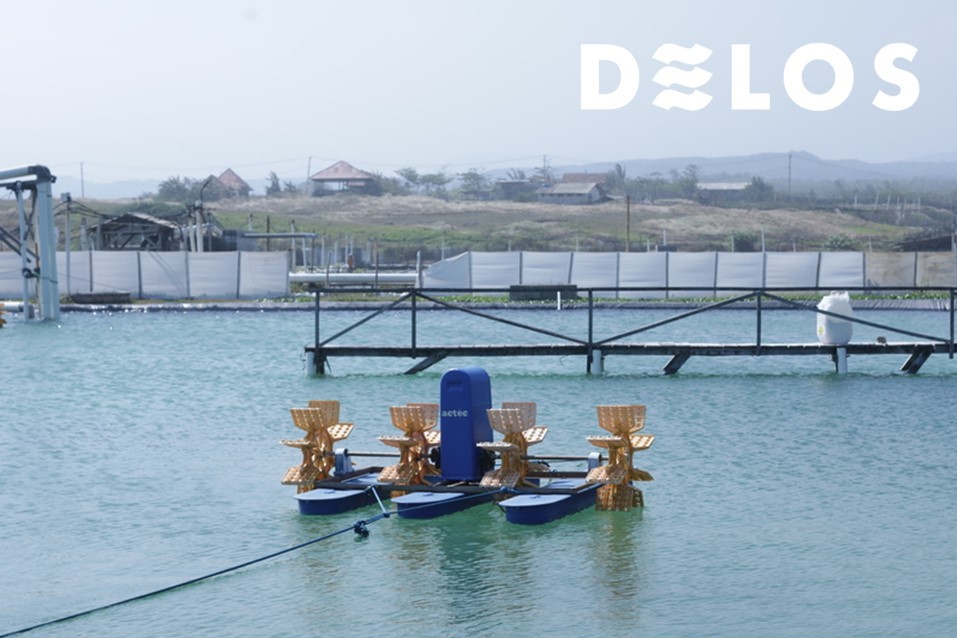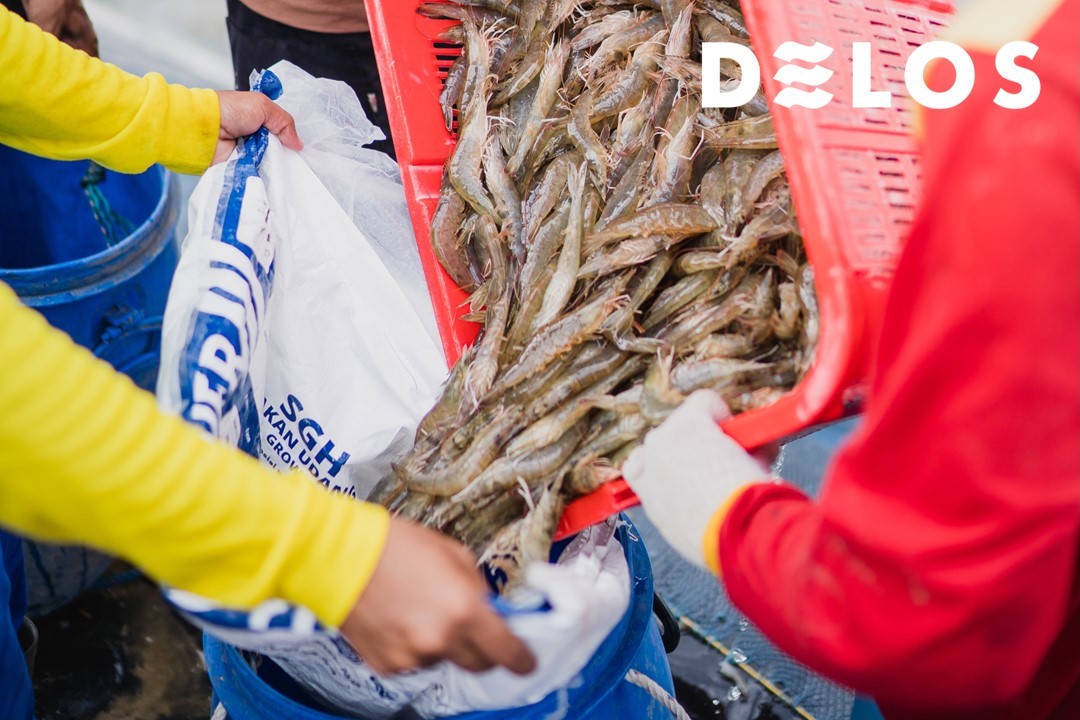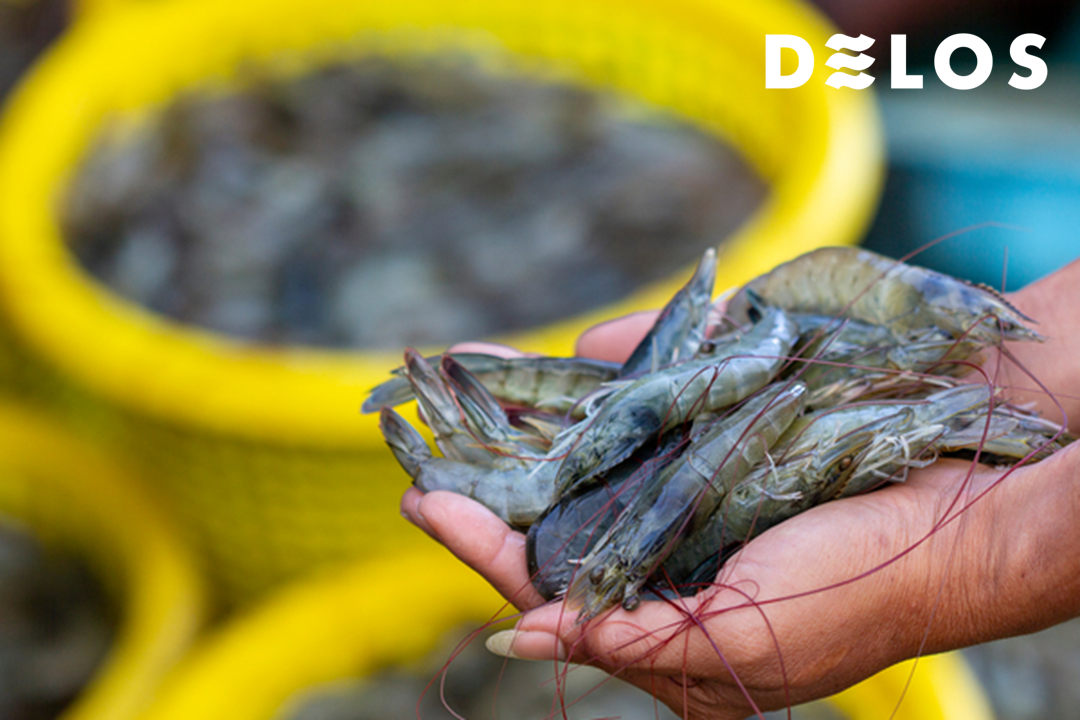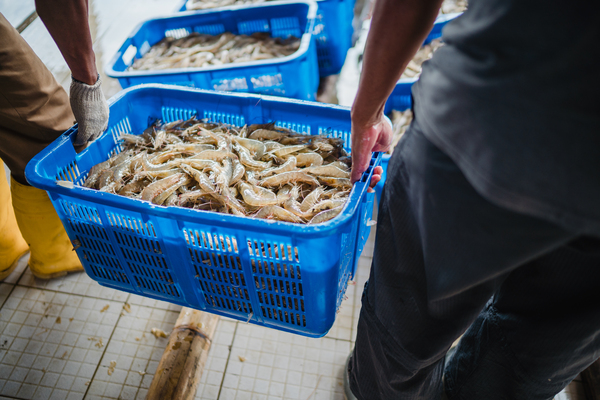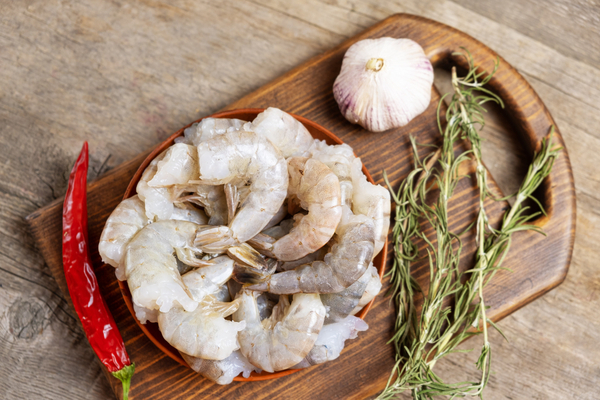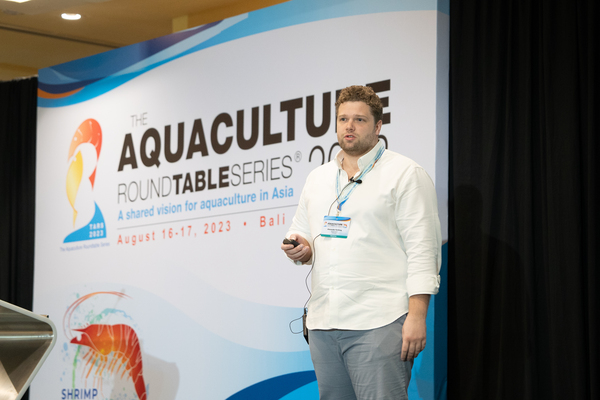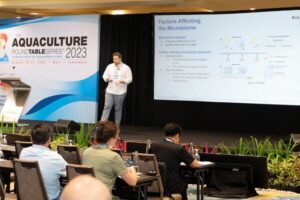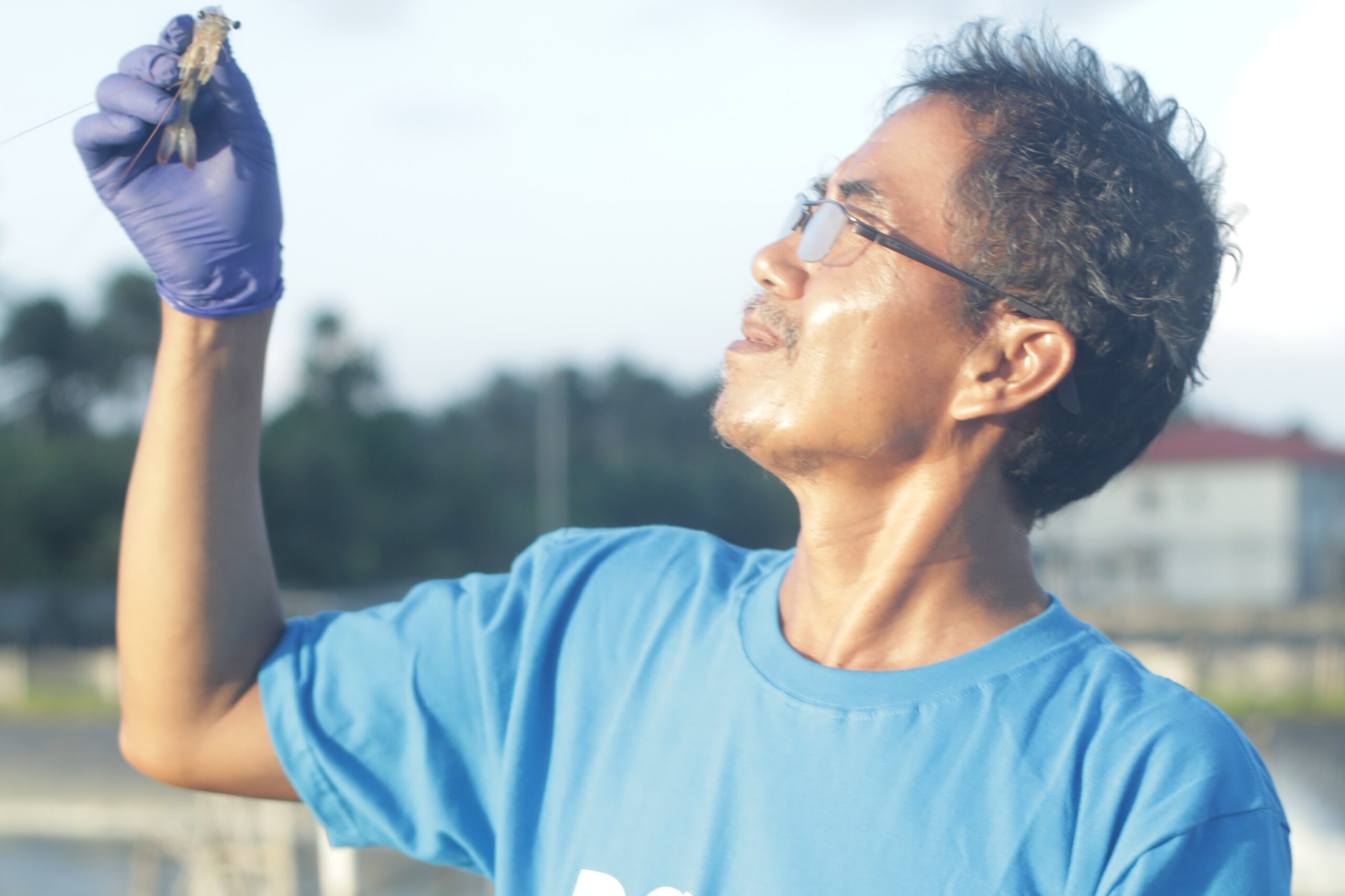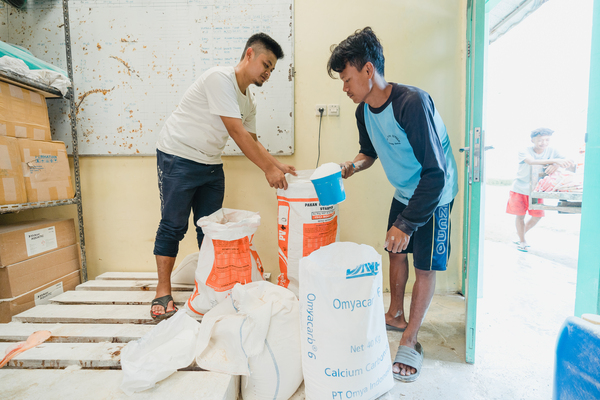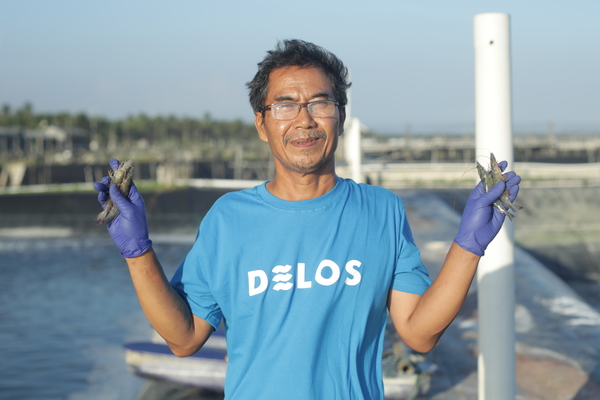The Influence of Ion Composition on the Growth and Survival of Vannamei Shrimp
Vannamei shrimp aquaculture has become a crucial part of the aquaculture industry in recent years due to its significant contribution to the global market. Among the cultivated species, vannamei shrimp (Litopenaeus vannamei) stands out as one of the most popular choices because of its adaptability and rapid growth.
The success of shrimp aquaculture relies on various factors, with one key element being water quality parameters. Specifically, water’s ion composition plays a vital role in the growth and survival of vannamei shrimp. This article explores the influence of ion composition on these critical aspects of shrimp cultivation.
Also Read: Effect of Water pH on Vannamei Shrimp Cultivation
The Importance of Ion Composition
Water quality parameters, including temperature, salinity, dissolved oxygen, pH, and ion composition, greatly affect the health and growth of vannamei shrimp. Ion composition refers to the types and concentrations of ions present in the water.
Essential ions in shrimp aquaculture are calcium (Ca2+), magnesium (Mg2+), sodium (Na+), and potassium (K+). These ions have a direct impact on the physiological processes and growth of shrimp.
Primary Ions in Vannamei Shrimp Aquaculture
1. Calcium and Magnesium
Calcium and magnesium are essential ions for the moulting and exoskeleton formation of vannamei shrimp. Deficiencies in these ions can result in soft shells and increased susceptibility to diseases.
The right ion composition with adequate levels of calcium and magnesium supports healthy molting and ensures that shrimp can grow and develop optimally.
2. Sodium and Potassium
Sodium and potassium ions play a crucial role in osmoregulation, maintaining the internal salt balance of shrimp. Insufficient levels of these ions can cause stress and hinder the shrimp’s ability to regulate their internal environment.
This can impact their growth and survival. It is essential to maintain the proper balance between sodium and potassium ions to support optimal osmoregulation in vannamei shrimp.
Also Read: The Importance of Minerals in Vannamei Shrimp Farming
Maintaining Ion Composition in Ponds
Achieving the ideal ion composition in shrimp ponds involves careful monitoring and management of water quality. In shrimp cultivation efforts, farmers heavily rely on controlling water quality to ensure an optimal environment for shrimp growth and health.
One common approach is the use of specialized water treatment systems designed to control ion concentrations in aquaculture ponds. These systems may include various techniques, such as adding mineral supplements or using ion exchange resins, to adjust ion levels as needed in the ponds. By doing so, farmers can ensure that the water environment in the ponds remains balanced and suitable for their shrimp’s requirements, enabling optimal growth.
Furthermore, controlling ion composition in shrimp aquaculture ponds is a key step in avoiding potential issues such as shrimp stress, poor growth rates, or even mortality. Through careful monitoring and the use of appropriate water treatment technologies, farmers can maintain the stability of the water environment, making it conducive to shrimp growth and development.
The Influence of Ion Composition on Growth and Survival
Optimal ion composition positively impacts the growth of vannamei shrimp. Shrimp cultured in water with the correct ion balance tend to exhibit faster growth rates, better survival rates, and overall improved health. The right ion composition supports the development of a strong exoskeleton, which is crucial for protecting shrimp as they grow.
The survival of vannamei shrimp is closely tied to water quality, including ion composition. In water with imbalanced ion levels, shrimp are more susceptible to stress and diseases, resulting in higher mortality rates. Maintaining the proper ion composition reduces stress, supports a healthy immune function, and ultimately enhances the chances of vannamei shrimp survival.
Also Read: Types of Feed Additives for Vannamei Shrimp and Their Benefits
Cultivate Your Vannamei Shrimp with DELOS!
Understanding the influence of ion composition is a key aspect of vannamei shrimp cultivation to optimize shrimp growth. To ensure ion composition in your pond, you can perform daily water quality checks.
To streamline the monitoring of your shrimp pond’s water quality, you can opt for science and technology-based shrimp cultivation management, such as DELOS.
DELOS is an aquatech company that can help manage your shrimp farms by conducting daily water quality monitoring and analyzing the data to help your ponds achieve maximum production yields in each cycle.
DELOS farm management is also integrated with the AquaHero app, which makes it easy for you to monitor your pond’s conditions daily.
Contact the DELOS team at contact@delosaqua.com or submit an inquiry through the contact form on our website, www.delosaqua.com, to learn more about our services. Entrust your vannamei shrimp cultivation to DELOS!

